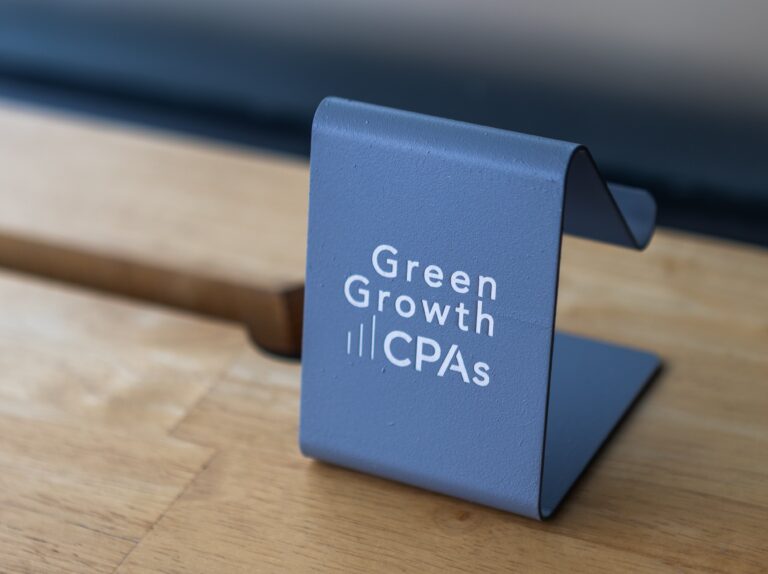There are two approaches to pricing your cannabis product that can help you optimize your profits.
- The cost approach to pricing uses the costs that have gone into creating a product as the basis for charging a certain amount.
- The market approach looks at what your competitors are selling their products at and prices accordingly.
- You must know your customers well to use either the cost or market approach.
Speak to our experts if you need help evaluating your cannabis business financials and product pricing.
One of the most difficult aspects of running a cannabis business is learning how to price your products profitably.
High tax rates for dispensaries can make it difficult to set your price tag at a point that remains attractive to customers while still earning income for your business.
There are a few factors that play into desirability, purchase preference, and pricing approaches that you can use to determine how to markup your products for profit. Understanding who your customers are and learning cannabis market in your state can give you a big advantage over your competition.
Here are some other tips to help you price your cannabis product for profit.
Cannabis Pricing Approach
There are two approaches that you can combine to help you pinpoint a price range for the products you sell. The first is called the Cost Approach. The second is called the Market Approach.
Cost Approach
The Cost Approach involves breaking down all the costs that have gone into creating, acquiring, and preparing your product for sale, including the cost you paid for the product and from your vendor. Some of the costs associated to products are:
-
Excise Tax
-
Local Taxes (this varies across cities)
-
Federal and Statement Taxes
-
Variable Costs (includes the wages that go to budtenders, marketing costs, packaging and labeling costs, etc.)
-
Fixed Overhead Costs (rent, utilities, security, POS software and hardware, etc.)
Throughout the process, make note of your “break-even” point. This is the magic number of transactions taken with your mark-up value, that covers fixed costs that have gone into the product you are selling.
Taking all these things into consideration will give you a solid idea of how much your product costs so you can determine how much you can mark up the price to make a profit.
This is a more granular approach, but can help you make rational sense of your pricing selection.
Market Approach
The Market Approach involves pooling together the prices your competitors are assigning to the same products or the same types of products that you have in your establishment.
The average price of a certain product amongst your competitors should be the ceiling price for you. You want to price your products competitively so that you can capture a bigger portion of the market.
You notice this method often with flower and many retailers advertise ‘$$ caps’ on products so that customers are familiar with prices before they walk into the retail center.
Purchase Preference
Another important factor to consider when you are marking up your products is your patient/customer demographic, background, and average purchase transaction amount.
Many dispensaries and delivery establishments perform market studies to identify which types of customers and patients they want to target. This includes:
- where they are from
- what they like
- how often they consume products
- their median income
- their transaction habits
If your dispensary or delivery establishments serves a sector that has high transaction rate, but the value of each transaction is low, then you may want to choose to sell products that fit that transaction and preference type.
Pay close attention to who your customer is!
This can help you provide the right mix of products, as well as decide how much mark-up to pass through to the customer. Smart marketing and pricing are advantageous and will ensure steady customer flows, strong returning patient and customer relationships, and a high sales volume.
This is a business, so don’t lean too heavily into your personal ‘hunches’. As you progress in the business, use your POS data to help guide your product mix and product prices.
Desirability
What is the sweet spot when it comes to product pricing?
No one really knows, as the market trends shift every so often and vary on a state by state basis. Sometimes a new product comes out and the hype behind the product is loud, everyone wants to try it, but it is over-priced. It sells out at first, then the novelty fades, and the product hype dies down. Instances like this prove that sales can be short-lived.
However, products with a steady customer base exhibit slight variations in purchase preference, yet remain a staple on many dispensary shelves. This could be due to a more affordable price, because the product is of good quality, and because its marketing could be pleasing to various market niches. As a result, these products should form the baseline of your product mix; don’t become over-reliant on them for all of your income, but surround your core products with items you can upsell and change up every so often.
The general mark-up standards in the cannabis industry point towards 2-2.5x of the actual cost of the product. Combine this industry standard with both market and cost approaches and market research into patient and customer profiles, and it is possible to arrive at a mark-up price that could potentially maintain high sales volumes.
Key Takeaway for Product Pricing
Decide on your target market and find out what they like, how much they are willing to pay for products, and how often they will buy the products. Don’t just assume these answers…ask your clients! They will gladly tell you the answers, especially if there is some incentive such as a better buying experience or even custom recommendations.
Next, go shopping at your competitors’ shops and see what products they are selling, how much they are selling them for, and who they are selling to.
Finally, figure out how much the product you are buying costs and apply the general standard mark-up. If it falls below the ceiling price you’ve set for yourself based on the prices of your competitors, lies within the price range that your target customer has been seen to purchase from, and offers you a profit that can cover fixed costs and more, then you could be looking at a good product price.
If you have additional questions about pricing your cannabis product profitably, please get in touch with our team by clicking the button below.





